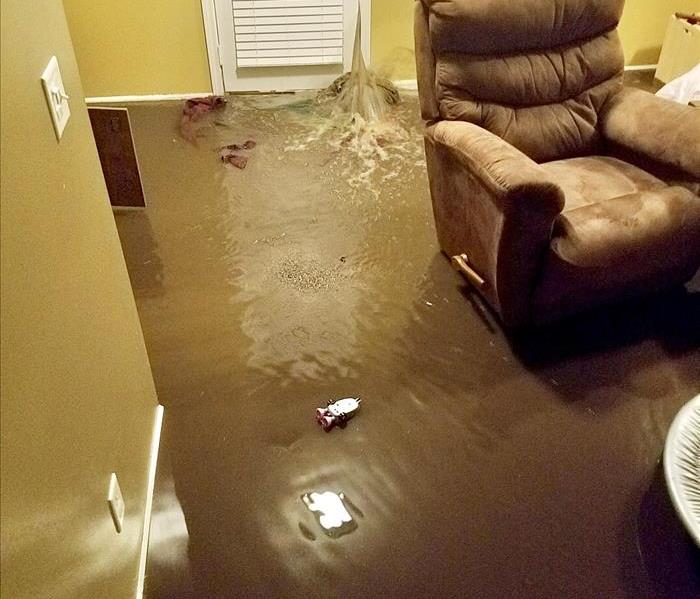Use Sandbags to Help Fight Flooding
7/31/2021 (Permalink)
Flooding is the most common natural disaster in the United States. It can occur anywhere and at any time, not only near rivers and creeks but also after hurricanes or other heavy rainfall.
Sandbagging is a flood prevention technique that has been around for centuries. You can build a barrier with sandbags to help divert and stop water from getting inside vulnerable doors and around foundations. Sandbagging can be done with traditional sandbags, the most recognizable of which is burlap. There are also other products on the market, such as self-inflating bags, which act as flood barriers that are easier to maneuver, lift and place. Regardless of the type of bag you use, the same tips and techniques for placement apply.
The use of sandbags is a simple, but effective way to prevent or reduce flood water damage. Properly filled and placed sandbags can act as a barrier to divert moving water around, instead of through, buildings. Sandbag construction does not guarantee a water-tight seal but is satisfactory for use in most situations. Sandbags are also used successfully to prevent overtopping of streams with levees, and for training, current flows to specific areas.
Sandbag barriers can easily be constructed by two people, as most individuals have the physical capability to carry or drag a sandbag weighing approximately 30 pounds. Filling sandbags is a two-person operation and both people should be wearing gloves to protect their hands. Bags should be filled between one-third (1/3) to one-half (1/2) of their capacity. This keeps the bag from getting too heavy and permits the bags to be stacked with a good seal. Make sure to place the sandbags outside and against the doors where water enters your home.





 24/7 Emergency Service
24/7 Emergency Service
